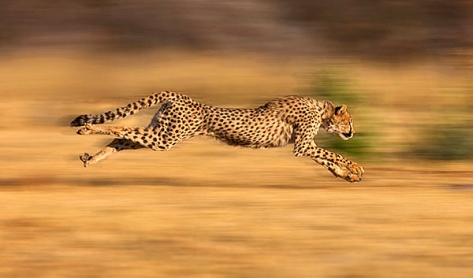“How can you tell if someone has run a marathon? – Don’t worry, they’ll tell you.”
It’s so true, isn’t it? Over the past month or so, whether they wanted to or not, my friends, family, acquaintances, co-workers, the mailman, my dentist, etc. have all been subjected to the details of my marathon escapades in Rome. Their responses predictably fell into one of two categories. The non-runners tried to make polite conversation by asking how long this marathon was, all while backing away slowly, of course. That one just never gets old, does it?
The runners’ response was somewhat more inviting, albeit just as predictable: “Cool. What was your time?” This prompted me to launch into a well-rehearsed monologue of explanations as to why I had decided take it easy in Rome, before – much like a catholic schoolgirl on Sunday mornings – all but confessing my finishing time of 3:48.
I know I can run faster than that. My running buddies, of course, are well aware of this, too. However, the point is that in Rome I made a conscious decision not to run all out, mostly because the race didn’t fit into my training and racing schedule at all. I still loved every second of it, and it actually taught me a lot about finishing a marathon feeling strong. The whole thing has made me think – are we, as runners, too hung up on speed sometimes? What’s that all about?
Friends who take up running often tell me how far they have run and how long it took them. Of course, quantifiable improvements in running performance are very nice, but why don’t they tell me how they felt, how much (or little) fun they had, or where they went or what they saw on the run?
Please don’t get me wrong, I too find it really fun to run really fast sometimes. I like it as much as the next person and like many other runners, I include workouts in my training which are specifically designed to improve my speed. However, this is certainly not my only goal in training, or running in general. It’s not even the most important one, not by a long shot.
Many runs (and sometimes even races) have a very different purpose. A prime example of this is the long run, of course. Not only is speed not important on these runs, it can actually be counter-productive in training. Yet, being hung up about pace on the long run and going too fast has got to be one of the most common rookie running mistakes that I see time and time again.
My easy runs and recovery runs are for the pure joy and relaxation of the sport. I must say that over time, these runs have become more important than ever to me. Some call them “junk miles”, but I couldn’t disagree more. On these runs I just relax and enjoy the scenery and my hard-earned fitness. Having fun on these runs is paramount to everything, and they are so important to keep the passion alive. I never really remember how fast I ran anything, and apart from a few meaningful personal bests, I don’t even recall the finishing times of the races I have done. I do, however, remember the places where I have run, the sights I have seen and the people that I have met.
 (Auchintaple Loch: a place which I passed – slowly! – on a recent long run.)
(Auchintaple Loch: a place which I passed – slowly! – on a recent long run.)
As a long-time (and hopefully life-long) runner, I find that this constant focus on speed is just not sustainable. It’s not feasible to constantly hunt those personal bests, for my part, I’m certain that I’d get very, very frustrated before eventually burning out entirely. This is not to say that I don’t have goals in my running or racing, when I’m not focussing on speed and finishing times, I might work on my running form, make a conscious effort to improve my cadence, aim for a clean negative split, try to high-five at least 5 spectators per kilometre, or tweak my nutritional strategy in an effort to avoid those dreaded pit-stops (the seldom talked about arch nemesis of virtually every runner).
Running is so much more to me than simply moving fast. In fact, I’d go so far as to say that I’d almost depreciate what running means to me in my life if I were to quantify it only in numbers. When a fellow runner comes to tell me about a recent run or race, I’m making a point to ask them: “Awesome – how was it?” They might still only tell me about their speed and times, but at least I am keeping the doors wide open.



